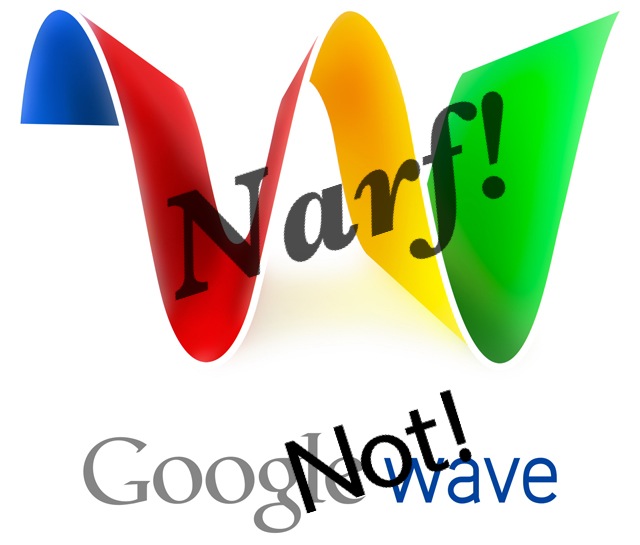On the Need to Reorganize Approach
Maturity Models for Web Analytics have been a continual topic of discussion among web analytics evangelist. Stephane Hamel, one of my WABITs on Twitter, has put considerable thought in developing the Online Analytics Maturity Model, while others such as Jim Stearn, founder of WAA, have recognized that the actual path to maturity is strung with speed bumps. I have taken my crack at one in “Tracking Multi-channel Behavior in 5 Difficult Steps”, where the steps are iterated again and again to achieve more refined, more inclusive, more difficult objectives set by an enterprise. However, when in the trenches putting the processes, organization and communications in place to get to the next landing on the stair case to maturity, it can be difficult to recognize when one has “landed” and not readily accepted that this means starting all over again to reach the next level. That is why, on an emotional level, the steps are difficult.









